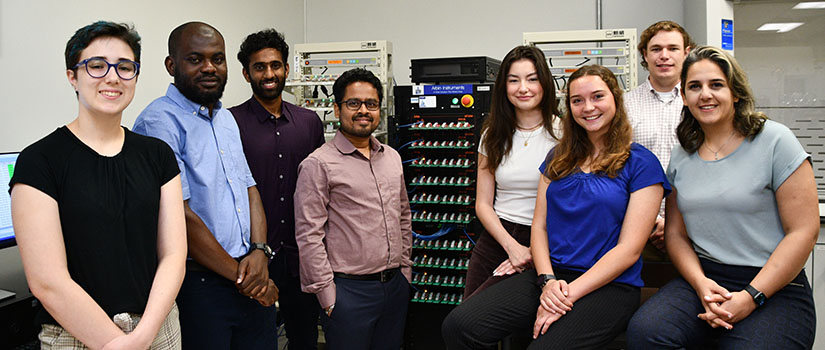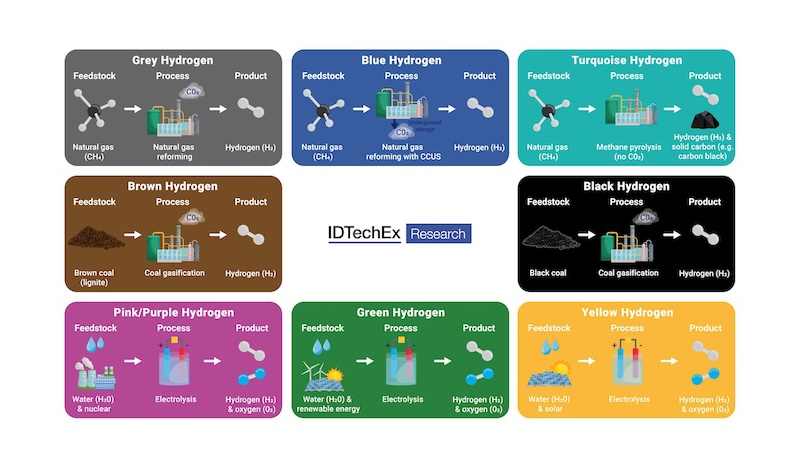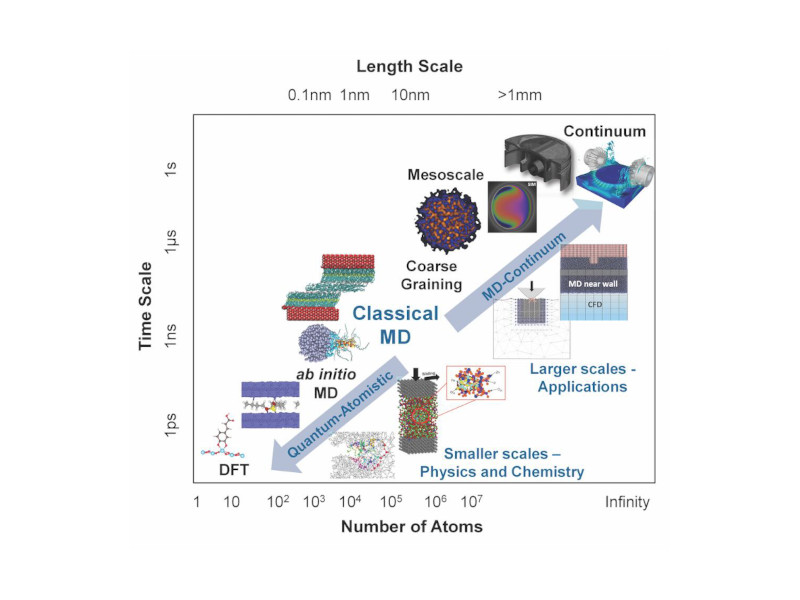The RCM process steps are one-shot efforts that essentially provide a baseline definition of the PM program for the system in question. However, we need to recognize three technical factors where some continuing RCM program activity is required in order to continuously harvest the full potential of the RCM process: A fourth and equally important factor is to measure actual versus planned improv...
The RCM process steps are one-shot efforts that essentially provide a baseline definition of the PM program for the system in question. However, we need to recognize three technical factors where some continuing RCM program activity is required in order to continuously harvest the full potential of the RCM process:
-
The RCM process is not perfect, and may require periodic adjustments to the baseline results.
-
The plant itself is not a constant since design, equipment, and operating procedures may change over time, and these changes can affect the baseline results.
-
Knowledge grows both in terms of our understanding of how the plant equipment behaves and how new technology can further improve our baseline results.
-
A fourth and equally important factor is to measure actual versus planned improvements on a continuing basis.
The continuing activity suggested by the above four factors is what we call “The Living RCM Program.”
Adjusting the baseline RCM results
The main consideration here revolves around the question of whether the “baseline definition” is totally correct. The most likely answer is “no, not totally.” But how do we know this? Back in RCM Steps 5, 6 and 7, we made decisions on what failure modes could reasonably be expected to occur, and what appropriate PM actions should be taken.
So if a failure mode occurs that is not directly linked to an RTF decision, we have encountered an unexpected failure mode. And even RTFs with a high rate of occurrence may classify as unexpected failure modes. The best way to watch for this situation is to periodically review the corrective maintenance actions that have been recorded. This measure will provide a direct reading of where the RCM baseline definition either was in error or missed something important.
If we are experiencing unexpected failure modes in spite of our PM actions, or a higher than anticipated rate of RTF, then the original PM action selections may be the wrong thing to do and some adjustment to the type of tasks performed (for example, task content and/or frequency) may be in order. If an Unexpected Failure can be traced to a failure mode that is not covered in the baseline definition, then we need to include it as an amendment to the original systems analysis process, and reevaluate the necessity for including a new PM task.
Plant modifications
Even though a plant or facility is literally cast in concrete, it is rare indeed to encounter a situation where there are no changes to the plant over its operating lifetime. These changes occur for a variety of reasons, such as capacity enlargement, productivity improvements, safety and environmental enhancements, regulatory enforcement and obsolescence. They may involve new additions, redesign of existing systems, replacement of components with upgraded features and alterations to operating procedures to reduce equipment stress or increase efficiency.
Any such change should be reviewed against the RCM-based PM baseline definition to ascertain whether new or modified PM tasks are needed and, in some instances, to delete PM tasks that are no longer applicable and effective.
New information
Our knowledge base is continually increasing. We learn about the “personality of the plant” as our operating experience grows, and (hopefully) we collect operating and maintenance data which expands our ability to analyze and understand the equipment behavior. This expanded knowledge of the plant behavior may tell us that the PM program requires some adjustments.
For example, our knowledge acquired from the Age Exploration process permits us to adjust task intervals. We must also recognize that predictive maintenance technology is expanding. New techniques for the condition-directed tasks are emerging as you read this article. Thus, we may find that PM task effectiveness can be increased with this new knowledge if we use it to our advantage.
Program measurement
Even if the baseline definition never changes, at a minimum we should measure the benefits derived from the RCM program as a part of the routine plant operating reports to management. There are three measurements that historically have proven to be useful, at a minimum:
-
Unexpected failures. As noted previously, this measurement is very valuable in fine-tuning the PM baseline definition for each system. Over time, the occurrence of unexpected failures should approach zero.
-
Plant availability. Even though this is a global measure, it does fairly represent a very important indicator of plant performance. And, as plant availability increases, cost avoidance accruals can be a major bottom-line benefit, i.e., avoidance of costs or income losses associated with plant downtime. For pilot and early-stage RCM programs, this measurement may be reduced in focus and reported only on the systems that have received an RCM treatment.
-
PM+CM costs. This total cost figure, tracked over time, gives an excellent measure of just how the RCM program is affecting maintenance expenses. It is the total that counts, not the individual values. If RCM is doing its job, this total will decrease over time. If PM and CM costs are reported separately, a very distorted perspective may be sent to management. Consider this: your plant has been reactive for years (lots of CM, but not much PM). RCM now introduces a very proactive maintenance program. Initially, therefore, PM costs increase while CM costs stay constant (the beneficial impact of PM has not yet been reflected in the management reports).
-
So, management’s reaction is “how come I paid to put more PM into place, but nothing happens to CM. So RCM did nothing but increase my costs?” While there is a lag in PM+CM costs, they can be justified, but individual measurements may be difficult to explain.
There is one area of maintenance cost reporting that continues to cause varying degrees of controversy and concern. We refer here to decisions on how to charge the cost of maintenance actions (usually hands-on types of actions) when they are the result of findings associated with CD and FF preventive maintenance tasks.
A slightly more difficult question arises on how to charge costs related to an RTF decision. Recall that RTF is a deliberate decision — a pre-planned action — to wait until you must act. We consider the repair/replace action associated with RTF to also be a PM cost. But notice, if you follow our suggestion above to always track and report PM+CM costs as a single value, much of this controversy and concern simply disappears.
Review the Living RCM Program
The final question to consider is the frequency with which The Living Program formal review should be conducted. In the case of a major unexpected failure, a major plant modification and the like, an immediate review may be in order. However, it is more likely that the formal review should be conducted every 12 to 24 months.
In all likelihood, the need for adjustments will diminish in time, and the frequency of The Living Program reviews will increase to the 36-month range and longer. However, the need to maintain a continual watch on the pulse of the entire PM program cannot be overemphasized.
Printed with permission from Butterworth-Heinemann, a division of Elsevier, from RCM—Gateway to World Class Maintenance, by Anthony M. Smith, AMS Associates Inc. in California, and Glenn R. Hinchcliffe, Consulting Professional Engineer, G&S Associates Inc. in North Carolina. Copyright 2004. For more information about this title and similar titles, please visit www.books.elsevier.com .
-



